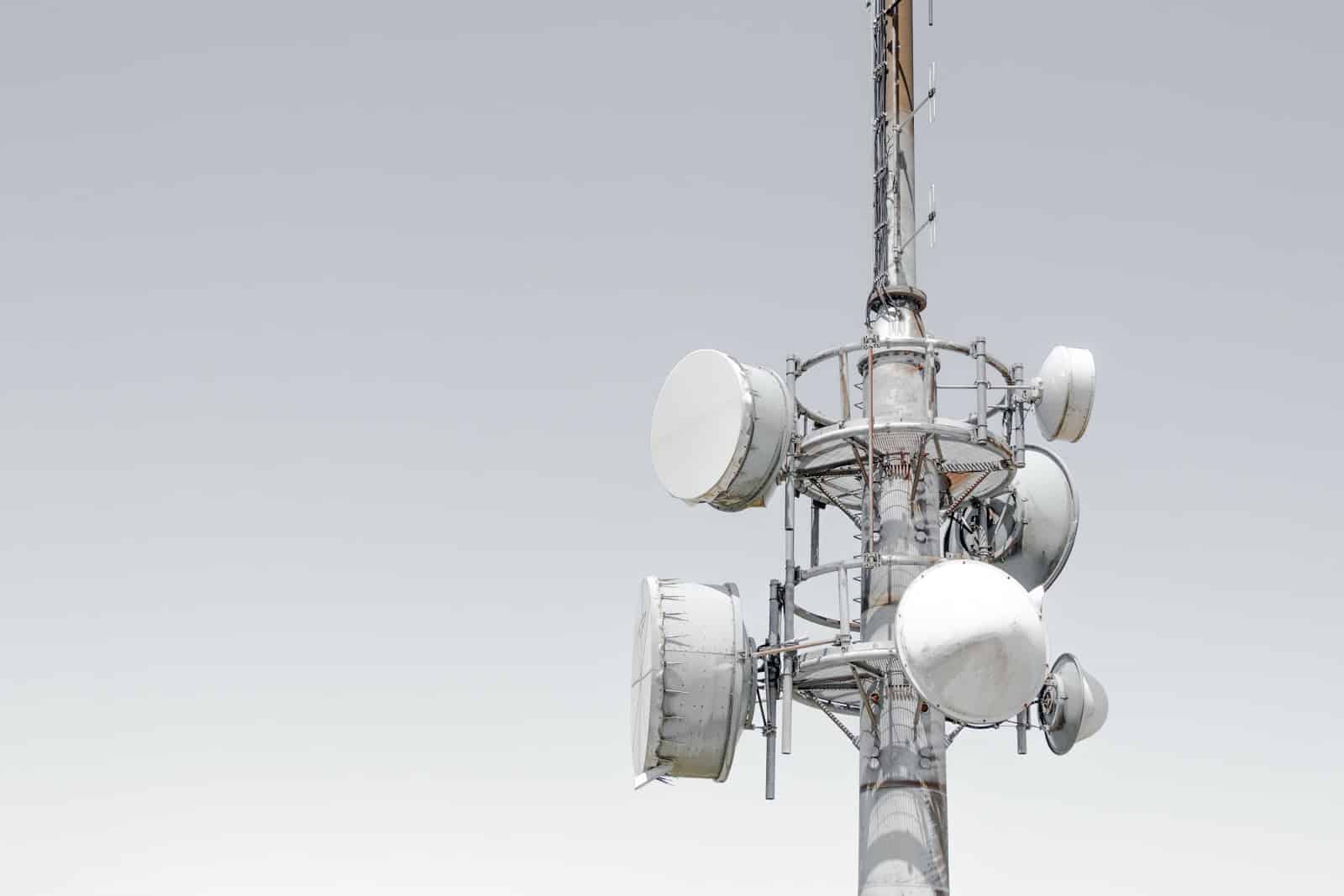If you've ever walked through a town you might have noticed tiny 5G cell towers on street light poles. They look like small boxes, but they're actually broadcasting wireless signals from mobile providers to your mobile.
what is a safe distance from a 5g cell tower are being replaced by the larger, purpose-built cell towers. While they're less noticeable, they still can create issues for users.
It is the of the FCC's Radiation Exposure Thresholds
The FCC's Radiation Exposure Thresholds establish the safe limit at which an individual can be exposed to electromagnetic energy generated by wireless devices. The exposure limits are based upon scientific research that show that RF energy can cause harm to health.
The specific absorption rate (SAR) is an indication of the radiofrequency energy absorption by tissues. It's typically 1.6 milliwatts per kilogram spread over a kilogram of tissue.
Since 5g is able to transmit at higher frequencies and has the potential to create more energy on the skin as well as other body parts. This can lead to various potential problems, including an increased appearance of skin disorders like dermatitis, skin cancer and cataracts.
Because of the potentially severe effects of 5g radiation, PSU has chosen to establish a general, localized maximum power density of four MW/cm2 based on the average over 1 cm2, and not to exceed 30 minutes for all 5G services running at 3000 GHz. This localized limit is consistent with the peak SAR spatial-average of 1.6 W/kg, averaged over one grams of tissues at six GHz.
The FCC's Maximum Exposure Thresholds for Maximum Exposure

In the event that you've used cell phone, then you've probably realized that a safe location from the tower is at least 400 meters away. This is due to the power of the transmission of the cell tower is significantly increased the further the tower is.
While it sounds like an ideal idea, the reality is that people who live close to towers might be more prone to health problems. For instance, a 2014 study in India found that residents who lived within 50 meters of cell towers had significantly more health complaints than those living further away from the antennas.
However, https://squareblogs.net/strawoctave3/how-far-away-from-the-5g-mobile-system-for-anyone-who-is showed that residents who moved into areas farther away from the cell towers saw their symptoms improve within a couple of days. Another study has demonstrated that exposure to extreme frequencies of radiofrequency electromagnetic fields (EMFs) can lead to cancer, brain tumors and other health issues.
This is because the RF radiation utilized in wireless communications, can penetrate the human body's exterior layer, the skin. This is vital to be aware of because the skin acts as a barrier to protect against injuries caused by mechanical forces, infections from pathogenic microorganisms, as well as infiltration of toxic substances. It is also the largest organ in the human body and is responsible for maintaining the integrity of other organs.
https://te.legra.ph/How-long-Away-From-a-5G-Mobile-Tower-system-Had-you-been-04-26 on many assumptions that aren't supported by scientific research. They include the incorrect assumption that short-term exposures to RF radiation are safe due to the limited radiation penetration in the human body (i.e. the heating of tissues).
This assumption does not take into account the greater penetration of ELF parts of the modulated RF signal as well as the effects on the body of short bursts caused by RF pulses. These theories are not compatible with the current understanding of biological consequences of RF radiation. Therefore, they should not be considered for health protection exposure standards.
In addition there is the fact that both ICNIRP and FCC restrict the maximum limits of exposure to peak local SARs that are based on the peak speed of spatial absorption (psSAR), which can be described as an inadequate dosimetric tool to assess the amount of exposure to RF radiation. In particular the psSAR tool is not accurate when frequencies exceed 6 GHz. Furthermore, psSAR has not been tested for RF radiation with co-exposure to other environmental agents , such as sunlight. Interactions of RF radiation with other environmental agents may cause synergistic or antagonistic effects. This would result in an increased risk of adverse health adverse effects. For example, exposure to RF radiation and sunlight could increase the risk of developing skin cancer, as well as aggravate other skin diseases such as acne.
